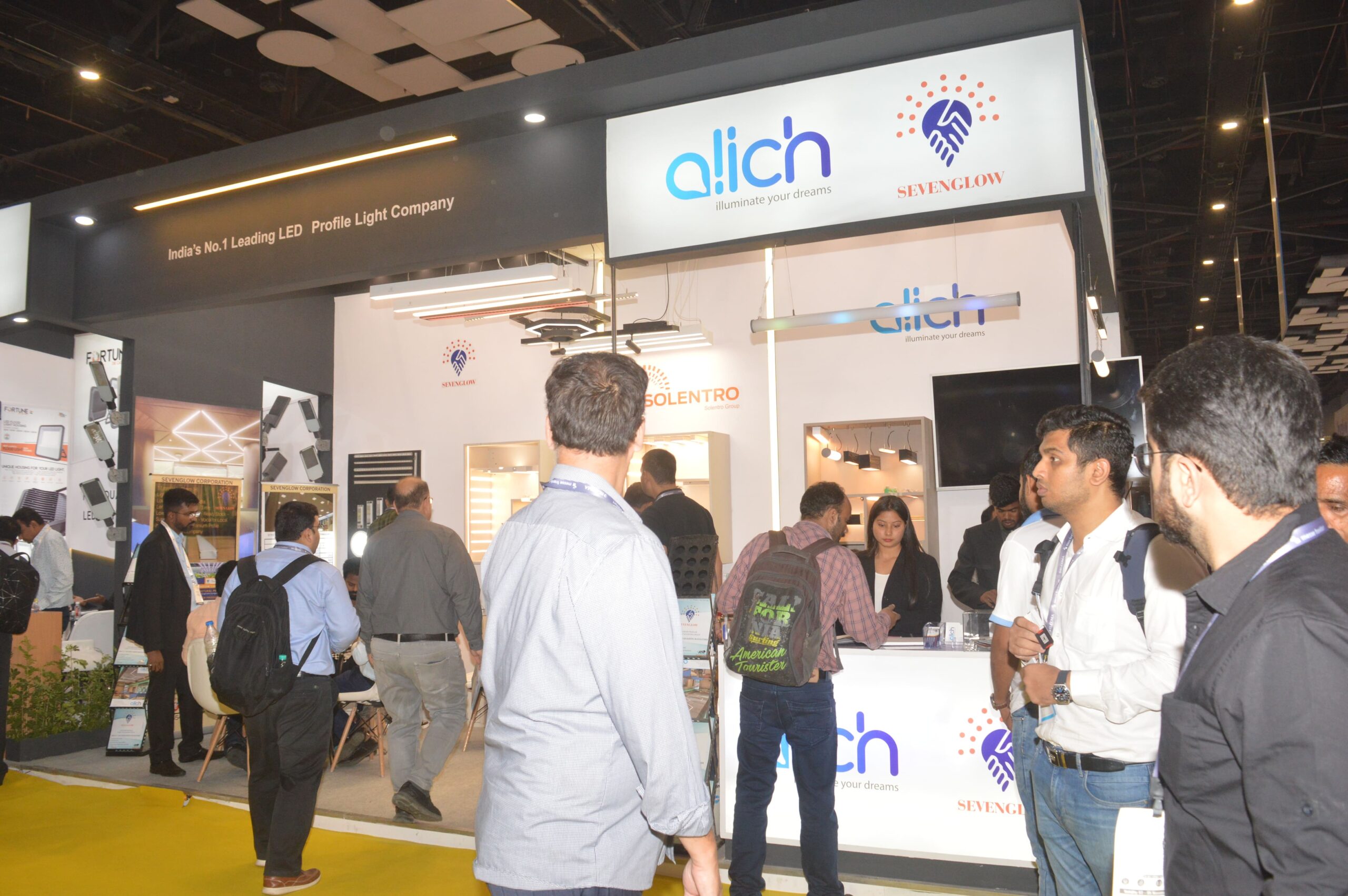As the demand for energy-efficient and sustainable lighting solutions continues to rise, LED technology remains at the forefront of innovation in the industry. With advancements that go beyond mere illumination, LED lighting is revolutionizing how we think about and interact with light in our environments. Here, we explore the latest trends and innovations shaping the future of LED lighting.
1. Smart Lighting Systems
One of the most exciting developments in LED technology is the integration of smart features. Smart lighting systems allow users to control brightness, color temperature, and even the direction of light through apps or voice commands. These systems can be integrated with smart home platforms like Google Home or Amazon Alexa, offering enhanced convenience and energy savings. As the Internet of Things (IoT) expands, expect to see even more sophisticated smart lighting solutions that adapt to your lifestyle and environment.
2. Human-Centric Lighting
Human-centric lighting (HCL) is designed to mimic the natural progression of sunlight throughout the day, promoting well-being and productivity. By adjusting color temperature and intensity, HCL can help regulate circadian rhythms, improve sleep quality, and enhance mood. This trend is gaining traction in offices, healthcare facilities, and educational institutions, where the benefits of optimal lighting on health and performance are becoming increasingly recognized.
3. Sustainable Lighting Solutions
Sustainability is no longer just a buzzword; it’s a necessity. LED lighting is inherently more energy-efficient than traditional lighting options, but the push for even greener solutions is leading to innovations such as solar-powered LEDs and lights made from recyclable or biodegradable materials. These advancements not only reduce carbon footprints but also align with global efforts to combat climate change.
4. Advanced Architectural Lighting
Architectural lighting has evolved from simple illumination to a critical design element that enhances the aesthetics and functionality of spaces. With LEDs, architects and designers can create dynamic lighting effects, highlight architectural features, and establish moods within spaces. Innovations like tunable white LEDs and RGBW (Red, Green, Blue, White) lighting allow for unprecedented customization, making spaces more engaging and visually appealing.
5. Increased Adoption in Industrial and Outdoor Settings
LED lighting is rapidly replacing traditional lighting in industrial and outdoor environments due to its durability, efficiency, and long lifespan. In industrial settings, LEDs reduce maintenance costs and downtime, while in outdoor environments, they provide brighter and more consistent illumination, improving safety and visibility. As technology advances, LEDs designed for harsh environments are becoming more robust, with higher resistance to temperature fluctuations, moisture, and impact.
Conclusion
The future of LED lighting is bright, with innovations that promise to enhance our lives in ways we’re only beginning to imagine. From smart systems and human-centric designs to sustainable solutions and architectural advancements, LED technology is transforming how we light our world. As these trends continue to evolve, businesses and consumers alike can look forward to a future where lighting is more intelligent, efficient, and environmentally friendly than ever before.
Stay tuned to our blog for the latest updates and insights on LED lighting technology and how it can benefit your projects and spaces.




1 thought on “The Future of LED Lighting: Trends and Innovations”
Hi, this is a comment.
To get started with moderating, editing, and deleting comments, please visit the Comments screen in the dashboard.
Commenter avatars come from Gravatar.